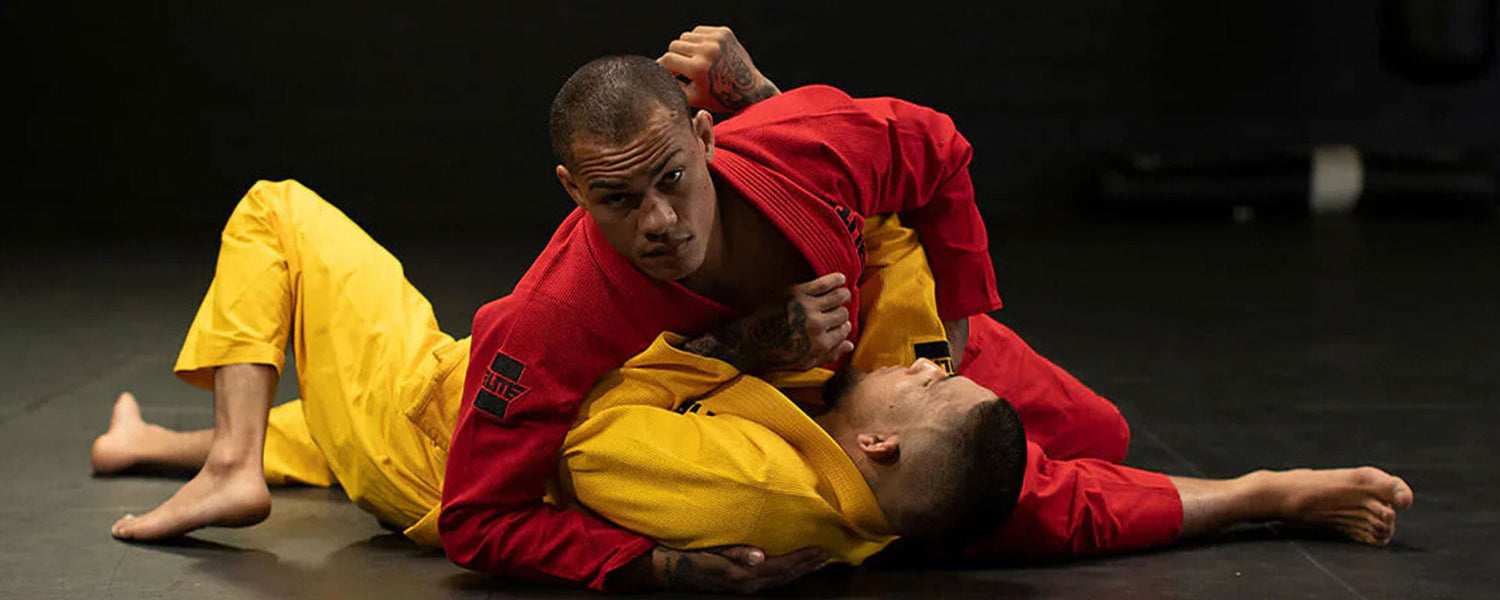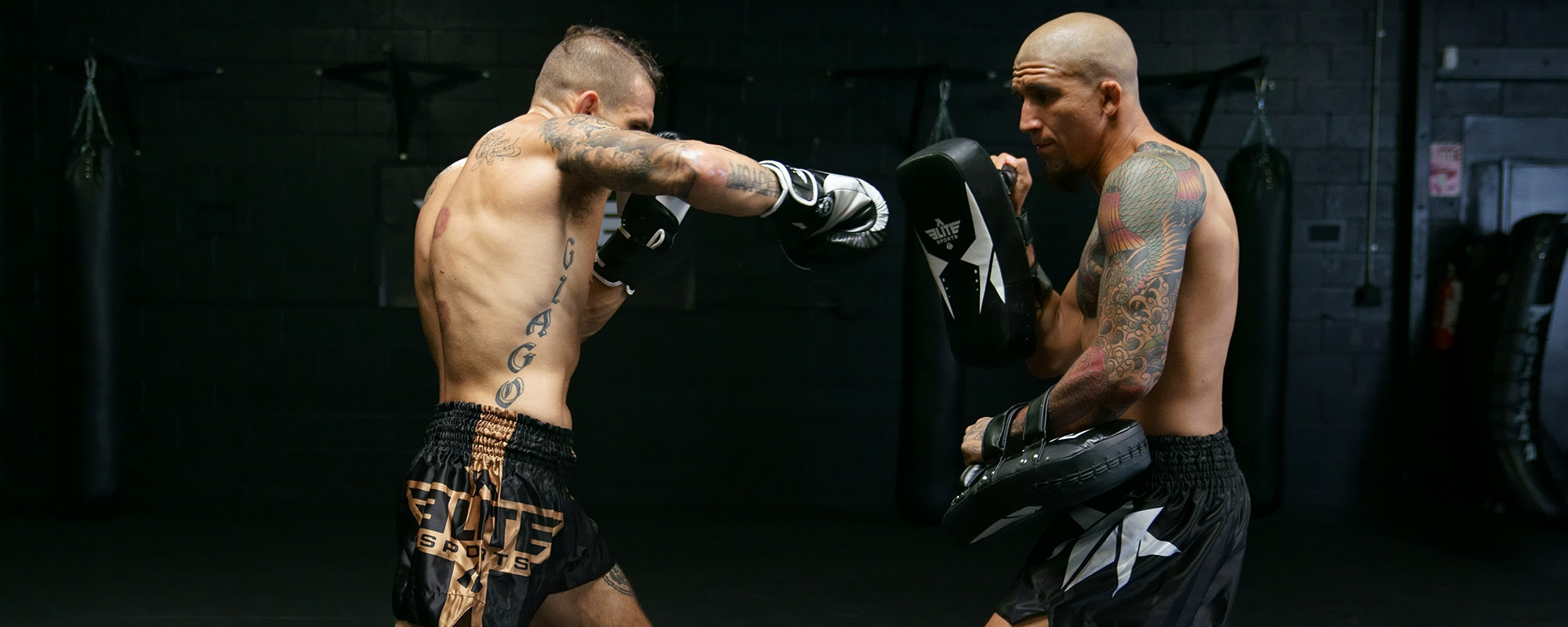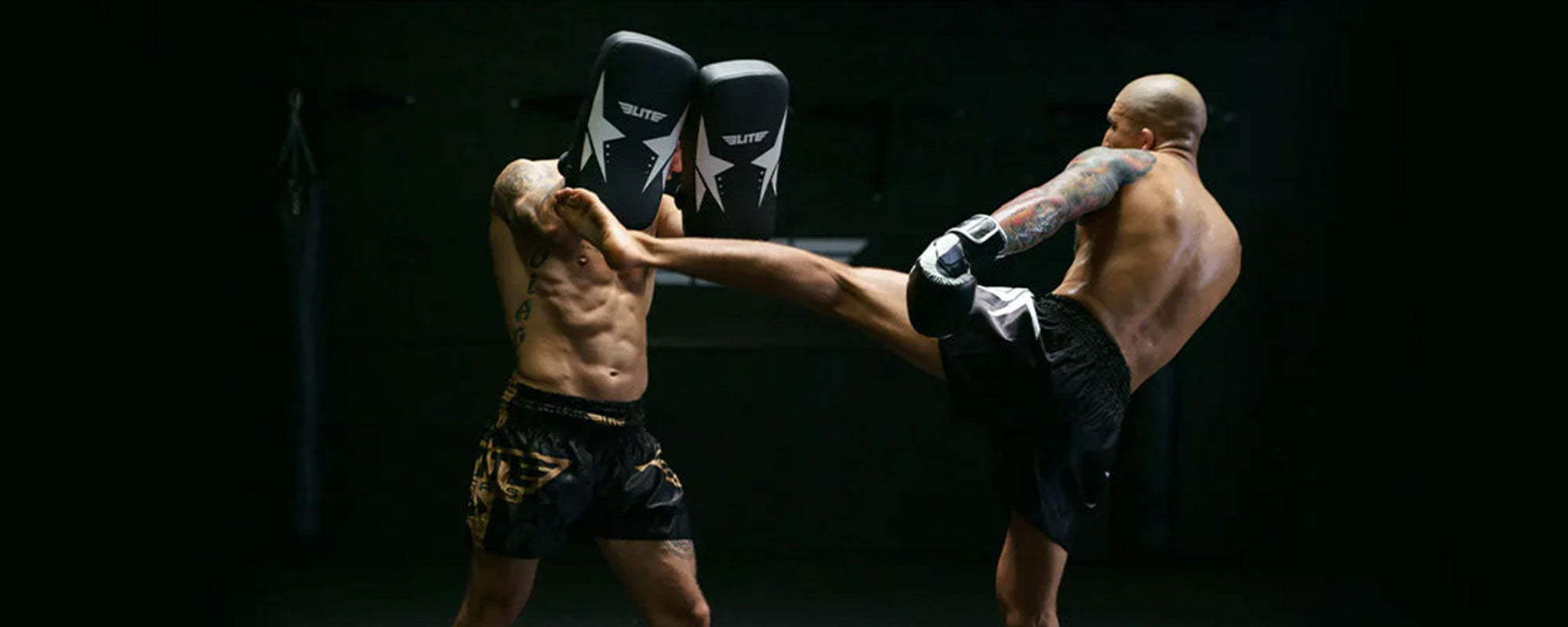Table of content
While most people want to avoid ending up flat on the floor, you are probably reading this article because you have an interest in learning how to avoid being thrown off-balance and turning the tables on your opponent. Brazilian Jiu-Jitsu or BJJ employs the use of grapples, holds, and locks, with success depending on how you distribute strength throughout your body. It is even more challenging considering you have to overcome an opponent within the limited space of a mat.
Even if you do not practice BJJ regularly, you may still want to attain the endurance, flexibility, and strength of a BJJ fighter. The problem is finding the time and place to condition your body to that degree. Perhaps the majority of your day is spent dealing with work or taking care of family. Maybe there is no nearby gym that has the equipment you are looking for. Even then, there can be circumstances that prevent you from going outside to get in a good workout.
While your home tends to be the place you go to relax, it can also be the best place to practice a BJJ workout. A sizable living room or an extra bedroom could easily be transformed into a workout space comparable to those at the gyms. Plus, everything you need to start your exercises will be within reach at home. No need to wait for someone else to be done lifting weights because you will be the only one using them. All that is left for you to do is to dedicate some time and days to make use of the area you have set aside for BJJ-related activities.
This article will lay out the groundwork for your BJJ workout at home. It will direct you to research sources that will help you brush up on your knowledge of BJJ and the equipment you will need to make the most out of each session. Then, you will be given a few examples of BJJ workout programs and exercises which differ in terms of completion time and intensity. Finally, you will be provided a list of BJJ clothing that you should consider wearing so you are comfortable and safe while engaging in your BJJ workout at home.
1. Preparations For BJJ Workout at Home
As you plan out the details of your BJJ workout at home, you may need to do some research on how to correctly execute exercises and techniques related to BJJ. Books written by veteran BJJ fighters have extensive instructions listed down for which muscle groups to exert and how to position your limbs during different maneuvers. Reading and memorizing instructions helps stimulate your mind as you have to visualize how to perform BJJ exercises and techniques.
If you prefer visual and audio aids, you can always look up video tutorials online regarding how to perform BJJ exercises and techniques instead. Professional BJJ practitioners slowly go step-by-step when doing a demonstration, showing how the body shifts from start to finish. They also make it a point to explain the function of your muscles and where your limbs should be during each step.
Since BJJ workouts require some degree of strength training, you may need to provide your own weights for exercises that require you to lift. A kettlebell is small enough that it can be carried by one or both hands, but it is still heavy enough that it helps build muscle in your upper torso. If you prefer not lying down on the hard floor, you should get a training mat. The padding of a training mat will provide a comfortable yet stable surface for you while doing drills that require you to be low to the ground.
It is suggested you have a workout journal to help keep track of your progress. You can list down the exercises you have completed each workday or come up with a weekly checklist for you to complete. If you fall behind or miss a workday, you can make a note in your workout journal of what you need to make up. It is essentially a personal log regarding how far you have come regarding the condition of your body when practicing BJJ.
2. BJJ Workout Programs at Home
2.1. Workout Program #1:
This workout program has you completing a list of 9 exercises, each one being done within 30 seconds. Breaks in between exercises should be no more than 2 minutes. Depending on the difficulty level you choose, you will go through the list of exercises in varying numbers of rounds. For beginner, you will finish within 3 rounds. For intermediate, you will finish within 4 rounds. For advanced, you will finish within 5 rounds. The exercises in this workout program include: squats, push-ups, leg raises, single leg hamstring bridges, reverse lunges, planks, hip escapes, triangle chokes, and sprawls. Make sure to alternate between limbs for single leg hamstring bridges and reverse lunges.
2.2. Workout Program #2:
This workout program has you completing a list of 7 exercises, each one being done within 40 seconds. Breaks in between exercises last for 20 seconds. You will go through the list of exercises within 2 to 3 rounds. You will need to use a kettlebell for this workout program. The exercises in this workout program include: swings, shoulder presses, reverse lunges with kettlebell, planks, kettlebell cleans, squats with kettlebell, and kettlebell rows. Make sure to alternate between limbs for shoulder presses, reverse lunges, kettlebell cleans, squats, and kettlebell rows.
2.3. Workout Program #3:
This workout program has you completing a list of 2 exercises at your preferred pace. Breaks in between exercises last between 1 to 2 minutes. You will go through the list of exercises within the number of rounds you prefer. You will start by doing 100 Hindu squats. Then you get down and do 30 Hindu push-ups. You return to doing hindu squats, but reduce the number of reps to 50. Finally, you end with going back to hindu push-ups, but reduce the number of reps to 15.
2.4. Workout Program #4:
This workout program has you completing a list of 4 exercises at your preferred pace. Breaks in between exercises last between 1 to 2 minutes. You will go through the list of exercises within 3 to 6 rounds. You will start by doing 10 Hindu push-ups. You will then transition to 10 hip bumps. Proceed to do 15 butterfly sit-ups. Finally, finish up with 20 jump lunges.
3. BJJ Exercises at Home
3.1. Table Maker:
Sit down with your hands and feet planted on the ground. Position yourself so that you are facing the sky. Make sure that your hands and feet point in the same direction. Keep your elbows straight and your knees bent so that your body is shaped like an M. Lift your hips until your body is parallel to the ground while all your limbs are perpendicular to the ground. If done correctly, your body should look like a table. Lower your hips back down and repeat the process.
3.2. Shrimp Movement:
Lie on your back with your knees bent and your feet flat on the ground. Tuck in your elbows and bring your hands up to your chest. Bring the heels of your feet closer to your bottom and lift yourself with your toes. Your body should be balancing on your toes and back. Roll to either side so that your body is resting on one of your shoulders. Thrust your hips behind you so that you propel your body in a backward direction.
3.3. Sprawl:
Fall forward as if about to go into a standard push-up position. However, while your arms remain straight and support your upper torso, your bottom torso will stay low to the ground. One leg is lined up with the rest of your body and the entire length of the limb is touching the ground. The other leg is outstretched to the side with the foot braced against the ground.
3.4. Reverse Lunges:
Stand upright with your hands resting on your hips. Take a large step backward with one of your legs, bending down until you are in a kneeling position. Your back knee should be touching the ground while your forward knee is not. Push off your back foot and return to the starting position. Repeat the process with the other leg and continue to alternate between your left and right legs.
3.5. Granby Roll:
Sit down with your back straight, your knees bent, and your feet touching the ground. Clasp your hands tightly behind your back and roll towards either side. Roll onto your shoulder and your head. Then use the toes of the foot closest to the side you are rolling on to push over. Roll over both your shoulders and then use the toes of the other foot to catch yourself as you come to rest on your other side. Make sure you do not bump into anything while you repeat the process.
3.6. Hindu Push-up:
Start in a standard planking position. Arch your back upward while bringing your legs and arms slightly closer together. Your legs and arms should remain straight as you position yourself into a downward dog pose. Lower your lower torso so that it is low to the ground while bending your elbows. Stretch your upper torso backward so that it arches again, but this time into an upward dog pose. Make sure that your thighs are not touching the ground. Return to the starting position and repeat the process.
3.7. Air Squat:
Stand upright with your legs spread apart at shoulder width and your arms at your sides. Bend your knees slightly and lower yourself until you are mimicking a seating position. Make sure that your feet remain planted on the ground and that your hips are below your knees. Slowly elevate back up until you are back in the starting position. Repeat the process.
3.8. Goblet Squat:
Stand upright with your legs spread apart at the width of your hips while holding a kettlebell to your chest. Make sure you are securely holding the handle with both hands. Keeping your back straight and the kettlebell close to your chest, bend down until your hips are level or below your knees. Your knees should be pointed outward and your elbows should be between them when you have fully descended. Slowly elevate back up until you are back in the starting position. Repeat the process.
4. BJJ Workout Clothes
4.1. BJJ Gi:
A BJJ gi is the traditional uniform of a BJJ fighter. Designed in a kimono style, it has long sleeves, a long robe, and is secured by tying a martial arts belt around your waist. While the loose sections of a BJJ Gi seem dangerous to move around in, they are perfectly safe and comfortable to wear during your exercises. As throws and grapples are an integral part of BJJ, the places fighters like to grab hold of on the BJJ gi are made to be durable and tear-resistant. The fabric also helps expedite evaporation of sweat, prevents any growth of bacteria or fungus, and mitigates any unpleasant smells. If you need more reasons for picking out a BJJ gi, this link will provide you with additional information.
4.2. Rash Guards:
BJJ rash guards help protect your skin from mat burns and cuts which you could get because of friction generated while shifting on the floor. Because they are form-fitting, this prevents any unwanted substances from sticking to your clothing like sweat. If you need further details on rash guards, this link will help you determine if they are perfect for you.
4.3. Pants:
BJJ pants can fit any size due to having an elastic waistband and a drawstring that can be tied to keep them from falling. The large openings at the hems of the legs allow for excess heat to escape during exertion. While resembling the appearance of cargo pants, they are perfect to wear when practicing your footwork.
4.4. Shorts:
BJJ shorts are cut at the knees but still allow your legs to have full mobility when you are practicing both offensive and defensive moves. Secured around your waist with a Velcro strap, these shorts can fit various hip lengths without snagging or slipping off your waist.
4.5. Spats:
BJJ spats tend to work best when they are worn in combination with rash guards. Because these form-fitting pants cover the entire length of your legs, they prevent any injuries or infections sustained while shifting on a mat. They also prevent any unwanted substances from sticking to your clothing like bacteria.
4.6. T-Shirts:
BJJ t-shirts resemble most of your casual wear in your wardrobe. They can be worn during your exercises since the short sleeves help you keep cool if you are sweating excessively. However, this clothing is also suited for relaxation after you finish your exercises for the day.
4.7. Tank Tops:
BJJ tank tops share several similarities with the BJJ t-shirts. They help keep you from overheating by allowing air to pass freely through the sleeveless openings and can be worn in casual settings when you want to relax.
5. Takeaway
Choosing to have your BJJ workout at your place of residence comes with its own share of obstacles to overcome. Comforts in the house such as your electronics could be tempting distractions that could pull you away from your BJJ exercises. While the purpose of the BJJ workout is to hone your physical prowess, you will also need to strengthen your mental fortitude.
Take the time to extensively review BJJ exercises and techniques before actually trying them for yourself. Having the instructions fresh in your mind may save you from getting into an accident when attempting to replicate them. When you are picking a workout program and exercises, try not to be drawn to the options that are easy and familiar. opt for the options that provide challenges that you can plausibly conquer with your current self. When picking out your workout clothes, wear the ones that are appropriate for the types of strenuous activities you intend to do. Be hard yet fair on yourself when making decisions about these factors and your BJJ workout at home will have positive effects on the physical state of your body.













Leave a comment
This site is protected by hCaptcha and the hCaptcha Privacy Policy and Terms of Service apply.